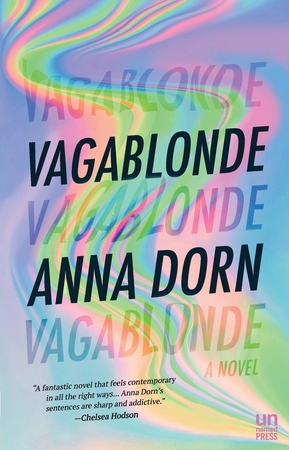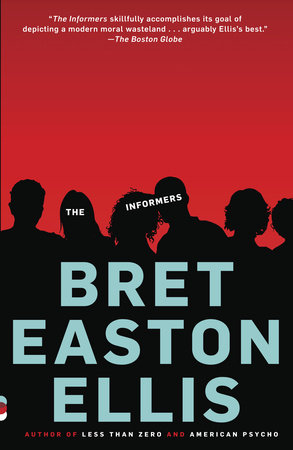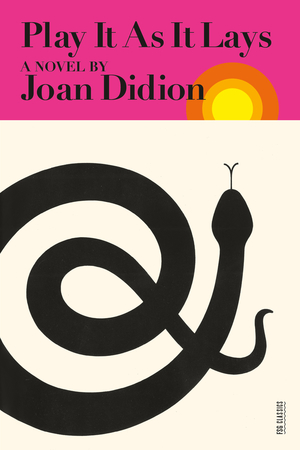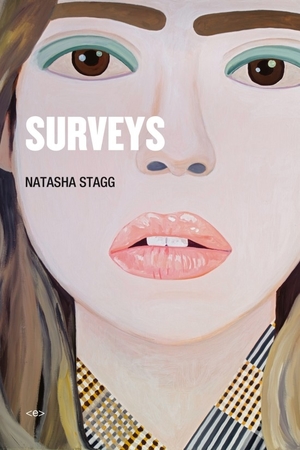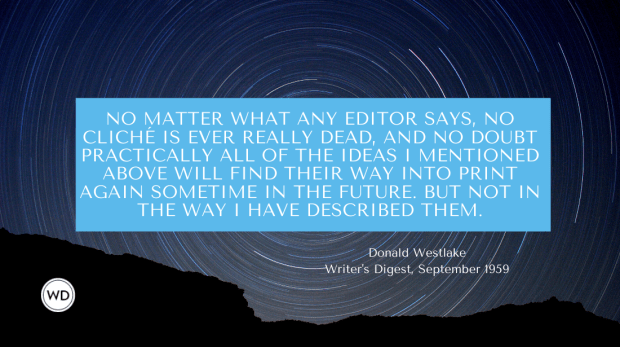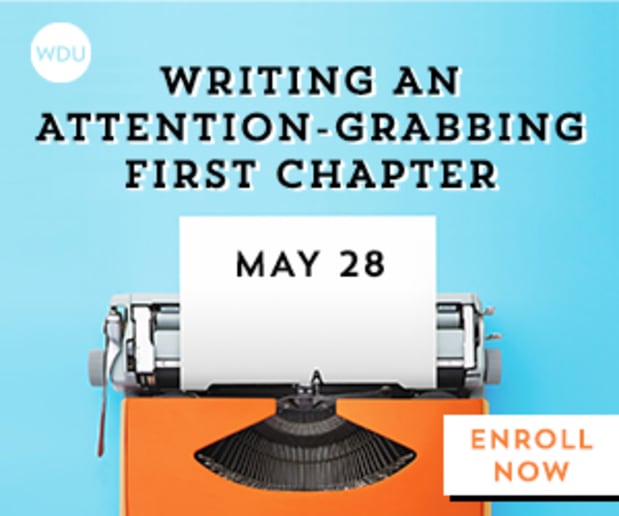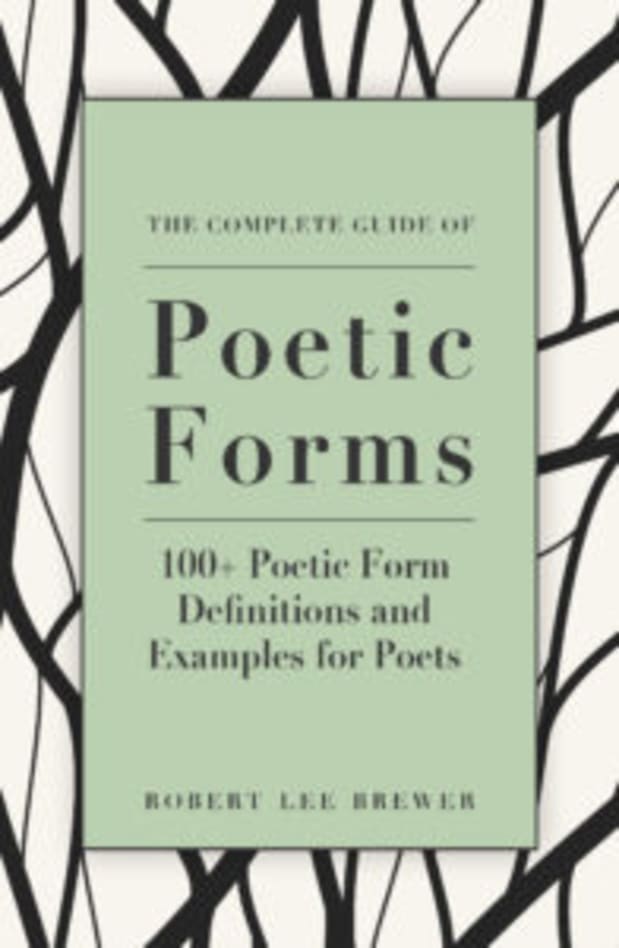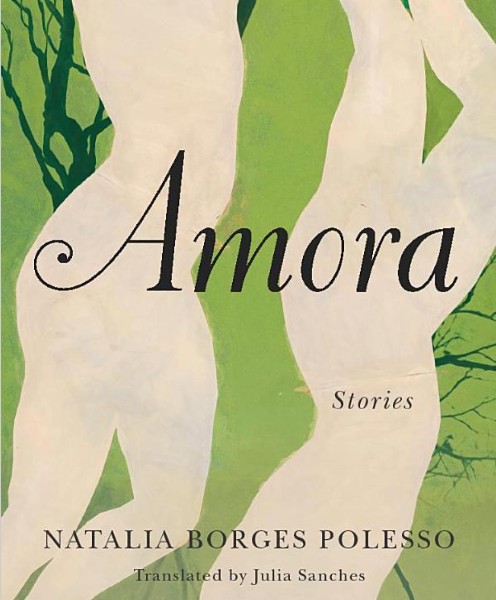I’m not sure why I’ve always been obsessed with novels about depressed famous people.
Maybe it has something to do with growing up in Washington, DC, a city devoid of glamor. Or maybe it was that DC fancied itself powerful, which felt like a big sham. Maybe it had to do with being raised as a woman in a patriarchy, seeing fame as a grand metaphor for the ever-present male gaze. Maybe I’m drawn to these narratives because fame is elusive. I’m probably drawn to fame because it’s attention without the icky strings of intimacy.
But of course, adoration without intimacy is a magic potion for emptiness.
Growing up, books didn’t really interest me. They always seemed to star boy-crazy, frumpy girls with poor emotional regulation. They took place in New England or Old England or the past. Books were earnest and lacked humor and had nothing to do with me. I much preferred Saved By the Bell.
Then I came across Bret Easton Ellis. Ok, fine, first I read Gossip Girl. The series didn’t blow my mind but I enjoyed it—something I didn’t think possible from a book. Then in college came BEE. His sentences were exciting but not gushy. His characters didn’t cry; they numbed out with drugs. He wrote about beautiful people and dark subject matter. I wanted to do what he did.
My debut novel, Vagablonde, is about a young woman in Los Angeles who prefers dissociation to emotional expression. She’s a lawyer by trade, but she wants to be a rapper. She meets a producer and they make a track that goes viral. She gets everything she thought she wanted, but she’s miserable. That’s because she’s self-medicating to an unsustainable degree. Also, fame is fragile.
Obviously, all art comes from other art. (Queue: The Life of Pablo.) I didn’t write my book out of thin air. I wrote it based on the thoughts in my head, partially, but also on reality TV and movies and conversations with friends and books I’ve read. And now, at 33, I read quite often! Some could call me a book nerd. In Southern California, where I live, I certainly qualify as a nerd. Anyway, here are 8 excellent books about the dark side of fame.
The Informers by Bret Easton Ellis
The Informers is not Ellis’s most famous book by any means. In fact, it was pretty universally panned, mostly as an uninspired repeat of his previous books. But it was the first BEE I ever read, so it was fresh to me. I borrowed it from my college friend—a genetically blessed blond gay who looked like he had been plucked straight from Ellis’s universe. I enjoyed reading about characters who felt numb at glamorous Hollywood parties and in their psychiatrists’ offices. This reading started a long journey of me trying to copy him. (I have several repeat characters in my first few novels as an ode to BEE.) While a recent reread of Rules of Attraction failed to charm me as it did in my late teens, I will always respect BEE for opening my eyes to what literature can be.
Play It As It Lays by Joan Didion
Play It As It Lays is an utterly perfect novel—sparse and haunting and darkly funny. It follows Maria Wyeth, 36-year-old actress in the midst of a mental breakdown, and my absolute hero of fiction. Maria renders glamorous so many traits of which I’m personally ashamed. She lives in her head, casually degrades her body, and can’t keep up her end of the dialogue with hairdressers. All her friends are gay men or people with whom she is sleeping. She tends towards dysthymia, her body crackles with sensitivity, and she really just wants to spend her time wandering around and looking at the way the light hits random objects.
Most feel compelled to play the game—that is participate in our uber-competitive, capitalist society—but Maria knows the game is ultimately meaningless. She instead finds solace in beautiful images, soothing her mind through sleep, wandering, and driving. Her vision may seem depressing on its face, but there is actually something Zen about it. Maria doesn’t overthink things. Most people ask why Iago is evil. Maria doesn’t ask.
Surveys by Natasha Stagg
While Didion and Ellis focus on Hollywood fame, Stagg’s debut novel deals with a more contemporary form of celebrity: Internet notoriety. While 23-year-old Colleen is mostly anonymous at her job at Arizona mall, she’s an online personality with tons of followers. Her fame increases when she begins a public online romance with another online celebrity. Colleen reflects on fame dryly:
“One day, I was not famous, the next day, I was almost famous and the temptation to go wide with that and reject my past was too great. When I was legit famous, it was hard to tell when the change occurred. It was traceable, sort of, because of the Internet, but it was very quick.”
The LA Review of Books wrote that Stagg’s “prose vaguely recalls the affectless monotone of the drug-addled rich kids who populated Bret Easton Ellis’s late-’80s novels.” Colleen begins to unravel when a girl named Lucinda arrives online and plays the game a bit better. She’s also wise. “In the future, no one will want to be famous,” Lucinda writes in an online essay. “We will aspire to be less and less known as we grow up.” Reading this again, I hope she’s right.
Look by Zan Romanoff
Like Surveys, Romanoff’s third novel also deals with an internet influencer. Lulu Shapiro has 10,000 followers on the fictional app Flash (which I read as Snapchat meets Tik Tok). Throughout the novel, Lulu grapples with what it means to be looked at while also navigating her first lesbian relationship. I’ll admit I was nervous to read a lesbian romance written by a straight writer, but I was impressed with how it rang true to my own queer experiences. Particularly, the ways in which the male gaze both idealizes and cheapens lesbian relationships. And, yes, I cried!!!
Taipei by Tao Lin
I firmly believe you CAN judge a book by its cover. And that’s exactly how I found this book, which is now one of my favorites. Taipei addresses a more niche type of fame than the others on this list: lit world fame. While Tao isn’t a household name, anyone who spends time in indie bookstores or on literary Tumblr knows him as the founder of the “alt lit” movement.
Taipei is semi-autobiographical. It’s about a famous writer on a book tour, self-medicating with drugs throughout. It’s also a love story. Upon its release, Brett Easton Ellis said Taipei rendered Tao Lin “the most interesting prose stylist of his generation.” He also called Taipei “boring.” Maybe he was jealous, I don’t know. I’ll admit it took me a minute to get into Taipei. But once I did, I was captivated. I was moved. I laughed, and I cried. And I’m still trying to copy his endearingly peculiar voice. What else do you want from a novel?
How to Murder Your Life by Cat Marnell
How to Murder Your Life was the type of book I had to read slowly because I didn’t want it to end. The memoir chronicles the writer’s life from childhood (in DC, where I grew up!) to boarding school to Conde Nast to becoming a famous Internet writer, the unifying thread being her addiction—first to stimulants, and eventually to essentially every other drug imaginable. In the final third of the book, Cat’s addiction hits its peak and her fame skyrockets. An essay she writes about Whitney Houston’s death while high on a potpourri of substances goes viral, and at that point the Internet begins to glorify her twisted brain (Jezebel wrote, “Cat Marnell is Both Fucked Up And Fabulous,” and Vice gave her a column called Amphetamine Logic).
Marnell wants to stop using—she’s exhausted and feels ill all the time—but she’s also being praised for her addiction, and making money off it. Sad for Cat but a killer conflict to keep the reader hooked. I also fell in love with Cat’s writing style. She writes such energy, using exclamation points with abandon (might be the speed!!!) and frequently addressing the reader. Her subject matter is dark but the narrative remains light. It’s not easy to make reading fun, and Cat is the Queen.
The Ghost Network by Catie Disabato
Confession: the author of this novel is my ex-girlfriend. I read it before we started dating, and before I even met her. And I’ll admit I read it with a lot of envy. Catie was my age, 28, and her thoughtful novel about a pop star who goes missing landed a glowing review in The New York Times. I hated her a little. But I loved the novel, a structurally inventive and intricately-plotted ride filled with trenchant social commentary. My favorite were its asides on Situationist philosophy (the fictional pop star Molly Metropolis is obsessed with Situationist leader Guy Debord). Getting critical theory fed through a queer pop culture narrative is heaven to moi.
The Love Song of Jonny Valentine by Teddy Wayne
Teddy Wayne tells this charming story from the perspective of an 11-year-old, Bieber-esque pop star named Johnny Valentine. Given that I don’t care about boys or anything boyish, I didn’t expect to enjoy this novel. But I fell in love with Jonny’s funny, sympathetic, and ultimately very sad voice. I didn’t even mind reading about Jonny’s masturbatory frustrations. After Jonny can’t make himself come, he imagines a groupie accusing him of getting her pregnant and then having to issue a public statement saying that would be impossible because he couldn’t even come on his own. “[A] policeman would have to watch me in private to see if it was true, and they’d give me an adult glossy to help, and we’d also have to bring in [my bodyguard] to make sure the policeman wasn’t a child predator.” It’s these sorts of darkly funny interior monologues that sucked me into the narrative. In the end, the book nails home how just lonely it is to be a super-star.
The post 8 Killer Books About the Dark Side of Celebrity appeared first on Electric Literature.
